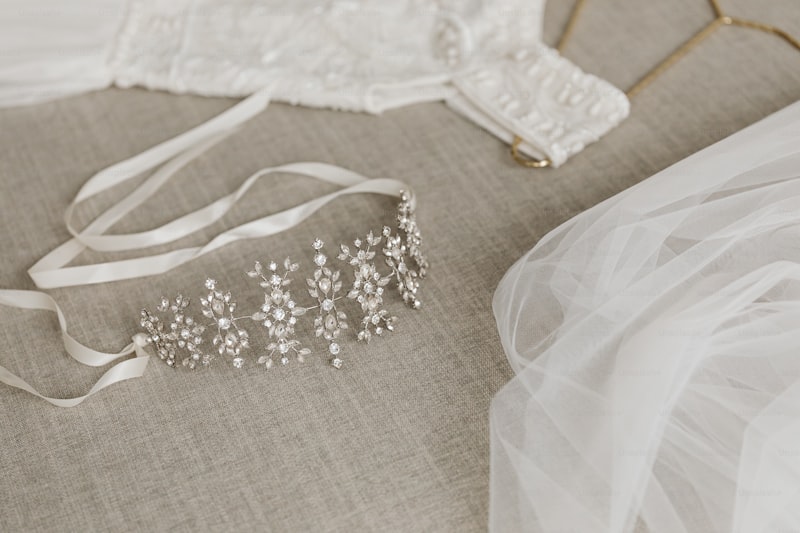Overcoming Fitting Challenges for Brides: A Comprehensive Guide
Understanding Fitting Challenges Faced by Brides
Wedding planning is one of the most exhilarating yet stressful experiences in a person’s life, especially for brides. One of the key aspects of this journey is finding the perfect wedding dress. However, several fitting challenges for brides often arise during this process. From dealing with body shape variations to accommodating last-minute changes, the journey to the altar can be fraught with difficulties. In this article, we will explore these fitting challenges, provide effective solutions, and offer tips to ensure that every bride finds her dream dress comfortably and confidently.
Common Fitting Challenges for Brides
Brides face numerous fitting challenges, which can impact their overall satisfaction with their chosen dress. Below are some of the most prevalent issues:
| Challenge | Description |
| Body Shape Variations | Brides come in all shapes and sizes, making it crucial to find a dress that flatters their figure. |
| Time Constraints | With weddings often planned months in advance, finding a dress in a limited timeframe can add immense pressure. |
| Weight Fluctuations | Brides may experience weight changes leading up to the wedding, complicating the fitting process. |
| Style Preferences | Balancing personal style with what fits well can be particularly challenging. |
| Alterations | Last-minute adjustments can be necessary, and finding a reliable tailor can be difficult. |
1. Body Shape Variations
Every bride's body is unique, and understanding one’s body shape is vital in choosing the right dress. The key is to know your body type (e.g., pear, apple, hourglass, or athletic) and what styles complement it. For instance, an A-line dress can be perfect for pear-shaped brides, while a mermaid silhouette works excellently for hourglass figures. To find the most flattering styles, consider trying on various shapes and cuts during your bridal appointment.

2. Time Constraints
Many brides find themselves strapped for time when it comes to shopping for their wedding dress. To alleviate this pressure, it is important to start early—ideally at least 6-9 months before the wedding day. This timeline allows for ample shopping, fittings, and alterations, which can take several weeks. Setting a definitive budget and preparing a list of preferred designers can also streamline the process.
3. Weight Fluctuations
It’s common for brides to experience weight fluctuation as the big day approaches. To plan for this, choose a dress that offers a degree of flexibility, such as those made with stretch fabrics or styles that can easily be altered. Another option is to consider purchasing a dress with a lace-up back, providing an adjustable fit. Communicate openly with dress consultants about these concerns, as they can offer bespoke solutions.
4. Style Preferences
While it’s important for brides to have a vision of their ideal dress, sometimes personal preferences clash with what actually fits well. To ensure satisfaction, consider making a mood board that represents your desired style. This visual aid can help dress consultants suggest options that align with your vision while also flattering your body type. Always remain open to trying on diverse styles, as they may surprise you!
5. Alterations
Even if a dress fits perfectly off the rack, most brides will need some level of alteration. Finding a reliable tailor with experience in bridal attire is essential. Schedule fittings well in advance, and be prepared for at least two to three rounds of adjustments, especially if significant changes are needed. Good communication with your tailor ensures the dress is exactly how you envision it.
Tips for a Stress-Free Fitting Experience
Here are some effective strategies to help brides navigate fitting challenges smoothly:
Create a Fitting Schedule
Develop a timeline that includes dress shopping, first and second fittings, and a final fitting less than a week before the wedding. This helps in managing expectations and ensuring everything aligns for a seamless experience.
Bring Supportive Friends or Family
Consider bringing trusted friends or family members during fittings for additional opinions and support. However, choose individuals who will realistically contribute positively to the experience, avoiding anyone who may overwhelm you with conflicting opinions.
Stay Hydrated and Well-Rested
Ensure you are well-rested and hydrated before fittings. A refreshed mind and body can help you better assess how a dress fits and feels. This proactive approach can ultimately lead to a happier fitting experience.
Document Your Progress
Take photographs during fittings to monitor how the dress transforms with each alteration. This visual documentation allows you to advocate for desired changes effectively and prevents you from forgetting specific details over time.
Conclusion
Fitting challenges for brides are common, but they can be managed with the right strategies and a proactive mindset. Understanding your body shape, starting the shopping process early, accommodating potential weight changes, and having a reliable tailor can significantly reduce stress. Ultimately, the journey to finding the perfect wedding dress should be enjoyable. Embrace the experience, trust your instincts, and look forward to walking down the aisle feeling beautiful and confident in your choice.
As an essential part of wedding preparation, being aware of the fitting challenges and equipped with solutions will pave the way for a successful dress selection process. Remember, the perfect dress is not just about aesthetics; it's about feeling fabulous in what you wear.